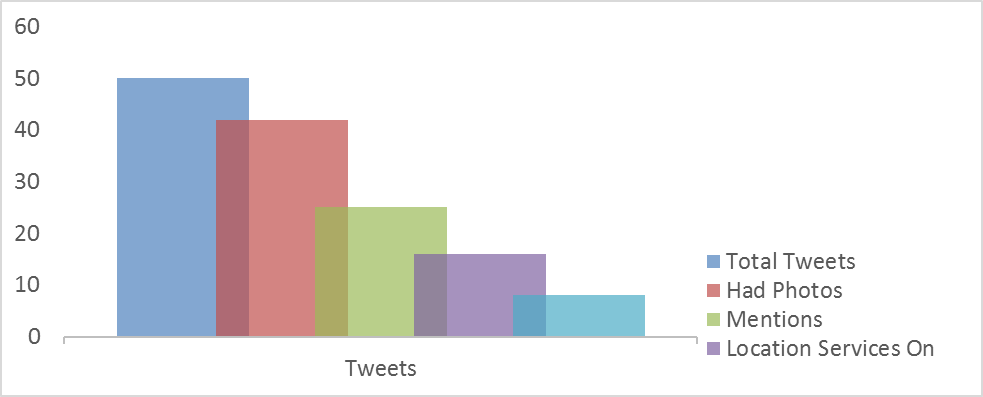
Design Goes Social (Part 3)
Every year, at the CallisonRTKL Design Conference, staff members from all over the world convene on one of our office cities. This year, Miami was the host city and, boy, did they deliver. From salsa dancing to a personalized boat tour of the city, the host committee really highlighted what is so special about Miami.
During my trip, I spent a lot of time discussing my Kagan and how social data can be mined for use in measuring how CallisonRTKL impacts the spaces we design. At first, I was surprised by the number of designers who do not use social media, but quickly realized that there is definitely an interest in this topic. This should not have been a surprise, seeing as many in my social circle do not participate either, but I knew right away that my message would have to be clear and concise without launching into a highly technical talk.
Walking them through the research was painless and new topics I hadn’t considered yet began emerging. “Should you separate incentivized engagement from organic?” “Are the demographics of a preferred social tool a reliable way to gauge equal use of space?” Many questions like that followed and it opened my eyes the problem of scalability. Up until this point, I was focusing primarily on Twitter as a test source for social data. You can read here how I automated the queries and mapping of that data. “But I use Instagram.” “I use Snapchat.” While these media are known to me, the technology behind how to access their data is not.
As I finished, I asked them all to tweet about everything we were going to do during the week and hashtag it #305getconnected (the designated tag for the conference). My plan was simple; enjoy myself through the week and run my script at the end searching specifically for that tag. Map the locations and users, do some word counting, and ultimately prove what the most popular event we participated in was. I knew my sample would be small, but at very least, it would be a good test for my script.
As we moved through the days, I answered lots of questions about “Location Services” and “Public Posts” in Facebook. Questions about how people use social media were a common discussion topic and I soon realized that the crux of my research had to be this:
“What are people saying on social media without knowing that they’re saying it?”
Getting at the subconscious reasons people post will be the single hardest bit of the research. It’s easy enough to count posts, locate users, check popularity, track check-ins, filter for retweets, and follow hashtags. That would seem to be enough, but the real problem that was brought to my attention is “What does it mean when…?” “What does it mean when someone tweets from our building without mentioning it or their experience?” “What does it mean when a person shares a post from an official brand without actually being there?” You can see how this is scope is creeping.
My one take away from the conference, besides my new love of Miami, was that I have a lot of work yet to do.

